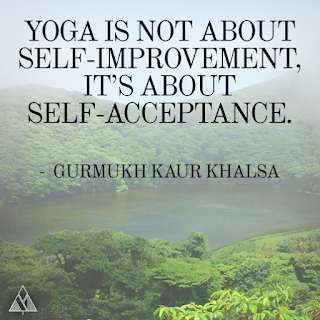Throw Away Your Scale
No matter what our weight, we can use the cues from our physical and mental selves to judge how healthy we are. Health is not a numerical concept and cannot be defined using statistics. Human beings, however, tend to want to quantify well-being into easily understandable figures. We feel compelled to ascribe numbers to every aspect of wellness, from the qualities of our food to our fitness levels to the physical space we occupy. As a consequence of social pressures, we turn our attention away from health and focus instead on the most contentious of these figures—weight—checking our scales to see how we measure up to our peers and role models. Yet each of us is equipped to gauge our relative healthfulness without any equipment whatsoever. When we have achieved a state of wellness, we feel buoyant and energetic. Some of us are naturally slim, while others will always be curvy. No matter what our weight, we can use the cues we receive from our physical and mental selves to judge ho



